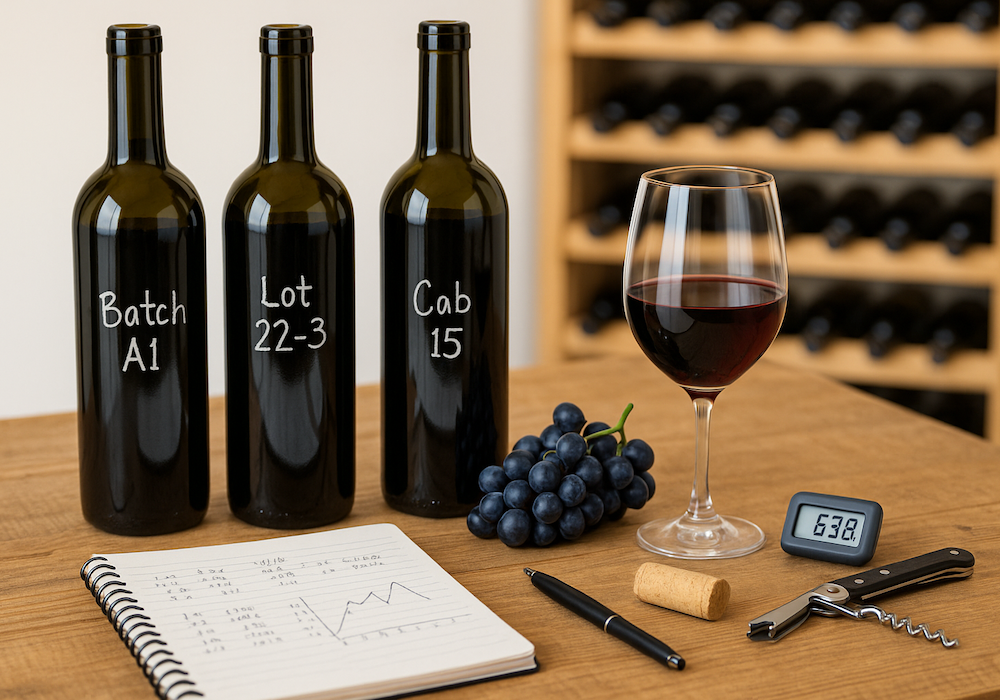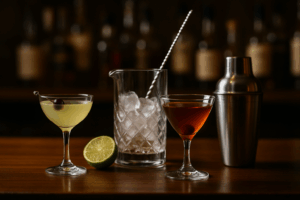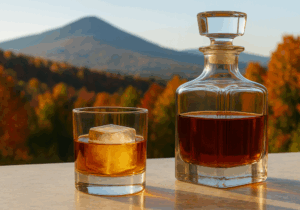My journey into wine mirrors my introduction to spirits: limited exposure at first, followed by a gradual awakening to quality and craft. Growing up, the closest we came to wine at family events was Manischewitz at Passover, which isn’t exactly the road to true wine appreciation.
That began to change in the mid-90s. Dinners with my wife’s Italian family frequently included red table wine, often surprisingly good homemade versions. Around the same time, I met what would become a great friend who would introduce me to a lifelong love of great wine. My early preferences leaned toward whites like Sauvignon Blanc, but it wasn’t long before I worked my way up to appreciating Cabernet Sauvignon and great Bordeaux.
In 1999, I made my first wine with my father-in-law, a Cabernet that turned out truly fantastic. Year after year, we continued making wine, joined by the same friend, as we honed our skills and developed a deeper appreciation for the grape, the wine it produced, and the process. A few other friends and family members who shared our enthusiasm joined our group. As our group grew to six core members, so did our gear: a motorized crusher-destemmer, stainless steel variable-volume fermenters, a hydraulic bladder press, a multi-bottle filler, and commercial-sized primary fermentation vats. We were gradually improving both our process and results.
Each fall, we sourced grapes from California’s Alexander Valley and Lodi regions. Crushing typically took place in late October, followed by pressing about a week later, then the first racking two weeks after that. We racked again in January and April, then bottled in August to make room for the next year’s production. The reds needed at least six months of bottle aging and often reached their peak after three to five years. While we made Cabernet Sauvignon most often, sometimes blending it with Merlot and Cabernet Franc, we also produced varietals like Zinfandel, Syrah, and Pinot Noir over the years.
Focusing on the science — fermentation temperatures, pH levels, specific gravities (a measure of sugar density), sulfite levels — helped us refine our craft and produce great wine more consistently. Although I stopped making wine with the group around 2012, more than two decades after we first began, they’re still going strong.
The experience left a lasting impression. The mix of tradition, science and romance behind winemaking naturally carried into my interest in spirits and cocktails. Both reward curiosity and precision, and both offer endless opportunities to learn, taste and share.




